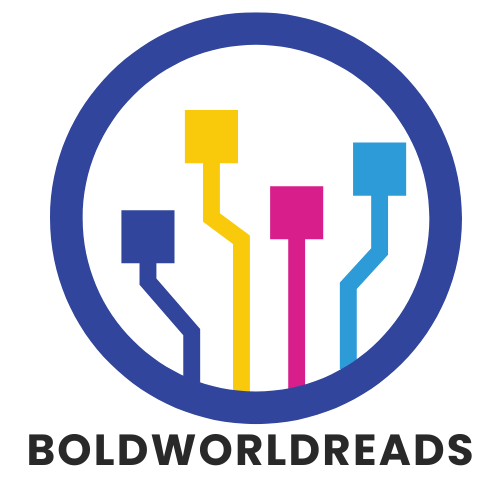Envelope budgeting often conjures images of cash-stuffed envelopes and a strict no-touch policy on digital payments. But is that really the whole story? Many might think they need to channel their inner 90s sitcom character, fumbling with crinkled bills and paper envelopes. Spoiler alert: that’s not the case!
Table of Contents
ToggleUnderstanding Envelope Budgeting
Envelope budgeting often conjures images of cash-filled envelopes. However, it accommodates a broader approach that can integrate digital tools.
What Is Envelope Budgeting?
Envelope budgeting entails allocating a specific amount of money for different spending categories. Each category receives its designated envelope, whether physical or digital. Expenses like groceries, entertainment, and utilities can each have their own envelope, promoting mindful spending. Tracking progress becomes easier when individuals can visualize their budgets with envelopes. This method helps in preventing overspending in any category.
History of Envelope Budgeting
Envelope budgeting traces back to early 20th century financial practices. Many people relied on literal envelopes to separate cash for various expenses. In recent years, technology introduced digital envelope systems. The emergence of budgeting apps allows users to replicate the envelope approach without the need for physical cash. This evolution reflects a shift in how individuals manage finances in a cashless society. Envelope budgeting maintains its relevance by adapting to modern needs.
True or False: Digital Alternatives
Envelope budgeting doesn’t strictly require cash transactions. Many individuals now utilize digital alternatives that retain the essential principles of this method.
Cash vs. Digital Budgeting
Cash budgeting involves physical money and envelopes, making it tangible. Users can feel and see their budget in action, which reinforces spending limits. Alternatively, digital budgeting offers convenience. Apps allow users to track expenses easily while allocating funds into digital envelopes. Individuals appreciate real-time updates, providing more control over their finances. Flexibility marks the digital approach. Users can adjust their budgets on the go without needing cash, making it ideal for tech-savvy consumers.
Popular Digital Envelope Budgeting Apps
Numerous apps provide excellent solutions for envelope budgeting. GoodBudget stands out as a popular option, offering virtual envelopes for various spending categories. Another reliable app is YNAB (You Need a Budget), known for its robust budgeting tools and educational resources. Simple and user-friendly designs characterize these apps, appealing to both beginners and experienced budgeters. Mvelopes also provides a digital twist, integrating envelope budgeting with online banking. Each of these apps enhances the budgeting experience, making financial management seamless for users.
Benefits of Envelope Budgeting
Envelope budgeting offers various advantages, enhancing financial management through its structured approach. This method promotes awareness of spending habits and helps individuals stay on track with their financial goals.
Improved Control Over Spending
Control over spending significantly improves with envelope budgeting. Each category receives a specific amount, which restricts excess expenditure. Individuals become more conscious of their financial choices when cash runs low in an envelope. Implementing this practice leads to greater financial discipline. Users experience a tangible limit, creating accountability for their choices. This approach deters impulse purchases, allowing for more mindful decisions regarding everyday expenses.
Enhanced Awareness of Financial Goals
Awareness of financial goals increases through envelope budgeting. Users can visualize their spending limits, making it easier to prioritize specific objectives. Setting dedicated envelopes for savings, debt repayment, or discretionary spending fosters a sense of purpose. The clear organization encourages individuals to track their progress, reinforcing accountability. By partitioning finances, users become more aligned with their long-term aspirations and values. Regularly reviewing envelope allocations helps identify areas for improvement, strengthening overall financial health.
Common Misconceptions
Envelope budgeting doesn’t strictly require cash and physical envelopes. Many people mistakenly believe that using only cash is the core principle, but that’s not entirely accurate. Digital budgeting tools replicate the envelope system effectively without needing to rely solely on physical currency. Users can allocate funds to categories via apps, making the process adaptable and modern.
Misconception 1: Cash-Only is Mandatory
Cash-only usage isn’t mandatory in envelope budgeting. Digital budgeting platforms like GoodBudget and YNAB allow users to manage their finances without cash. These systems let users simulate envelope distributions electronically. Individuals can track their spending easily with just a smartphone. Flexibility is key; users can decide what works best for their lifestyle.
Misconception 2: It’s Only for Beginners
Envelope budgeting isn’t just for beginners; it’s a versatile tool for all levels of financial management. Both novice and seasoned budgeters benefit from structure and accountability. Seasoned users may find that the method enhances discipline in their spending habits. Individuals seeking financial control often revisit this method for continued effectiveness. It’s a timeless approach, adapting to various personal finance strategies.
Envelope budgeting isn’t limited to cash and physical envelopes. It offers a flexible approach that adapts to modern financial practices. With the rise of digital budgeting apps, users can easily allocate funds to various categories without relying solely on cash. This method promotes mindful spending and helps individuals maintain control over their finances.
Whether using traditional envelopes or digital tools, the core principles remain the same. Envelope budgeting empowers users to visualize their spending limits and prioritize their financial goals. It’s a versatile strategy that benefits everyone from beginners to experienced budgeters, making it a valuable tool for effective financial management.



